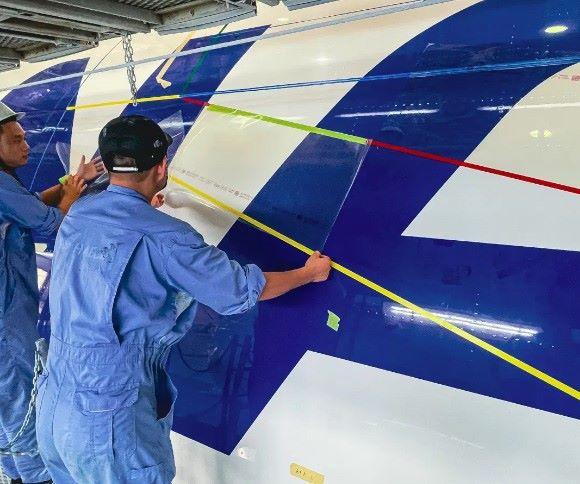
Credit: ANA
FLORENCE, Italy—Lufthansa Technik confirms it is developing a drag-reducing riblet film retrofit plan for the Airbus A330 amid growing interest in its AeroShark surface film technology co-developed with European chemical conglomerate BASF. The maintenance, repair and overhaul (MRO) company has...
Subscription Required
Drag Reducing Riblets To Be Applied To A330 is published in Aviation Daily, an Aviation Week Intelligence Network (AWIN) Market Briefing and is included with your AWIN membership.
Already a member of AWIN or subscribe to Aviation Daily through your company? Login with your existing email and password
Not a member? Learn how to access the market intelligence and data you need to stay abreast of what's happening in the air transport community.





